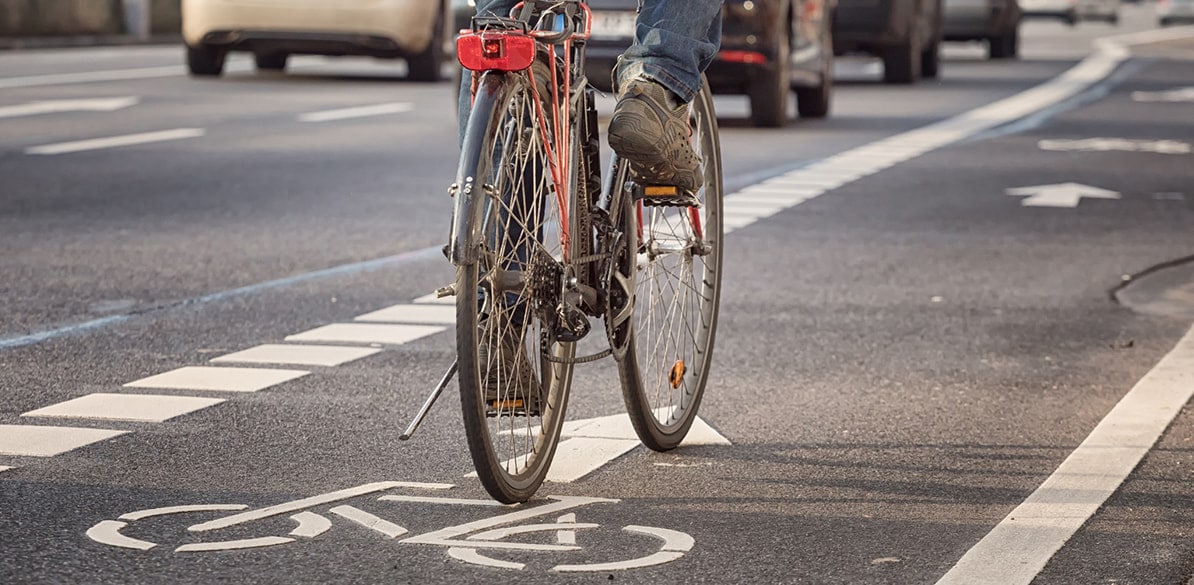More visible, much safer
Cyclist visibility, the key to avoiding risks

Road Safety
Based on the premise of changing mobility in cities, in which bicycles are increasingly gaining ground over cars, the study was based on a survey of 1,031 drivers who had overtaken a cyclist on the road, who were asked whether they had been aware of this and, if so, whether they had perceived a hazardous situation.
The report also included the neurological monitoring of 15 drivers to check “whether they had been aware of the presence of cyclists and to analyze their driving behavior, driving style and mistakes made”. The data obtained at that time continues to shed light on the subject and teach us lessons: less than 40% of drivers who overtake a cyclist in the city remember seeing them.
It was also shown that when a cyclist wears a reflective vest, the attention of overtaking drivers increases by 6% and the “effective unconscious visualization” is 39%, compared to 27% for those who do not wear a reflective vest, a significant increase of 12 points. When respondents were asked if they remembered seeing a cyclist wearing a reflective vest, 35% confirmed this “conscious visualization of the cyclist” (realizing that they were there), compared to 65% who denied seeing anyone. Of everyone surveyed, only 8% acknowledged that there was any danger when overtaking, compared to 92% who said there was not. From this information, it was inferred that when a driver sees a cyclist with a reflective vest, they are more cautious, using a greater safety distance and paying more attention to the cyclist and less to the external elements of the traffic, like roundabouts, pedestrians, and so on.
It is clear that the “visibility” factor (understood here as conscious focus) is enormously important for cyclists when on the road, which is why it is necessary for them to wear elements that make them stand out and/or make them more “visible”, such as light-colored clothing and/or flashing lights that attract the attention of drivers. Although this last accessory is becoming more and more widely used, according to DGT regulations the use of lights on road bikes is only mandatory between sunset and sunrise.
In view of the undeniable increase in the national bicycle fleet (boosted by the COVID-19 pandemic), it is clear that even more work needs to be done to protect cyclists. According to another documented report, produced by the DGT in 2020, “Trends in mobility and accident rates on urban roads”, future projections predict “an increase in the mobility of vulnerable users, for both economic and structural reasons.” The COVID-19 crisis has boosted cycling in our cities, something which is already included in many strategies aimed at improving the health of the population and reducing the environmental impact of motorized transport.
Even so, the increase in bicycle mobility and the demographic growth of our cities are leading to a slight increase in the accident rate in terms of vulnerable vehicles, such as bicycles. This is forcing us to review the rules of coexistence between pedestrians, cars and cyclists in urban areas. Likewise, the latter must include improved safety elements to protect themselves (brakes, tires, lights, reflectors, rear-view mirrors, bells, helmet, etc.), ensuring that these are in perfect condition and at all times respecting the rules of the road.
